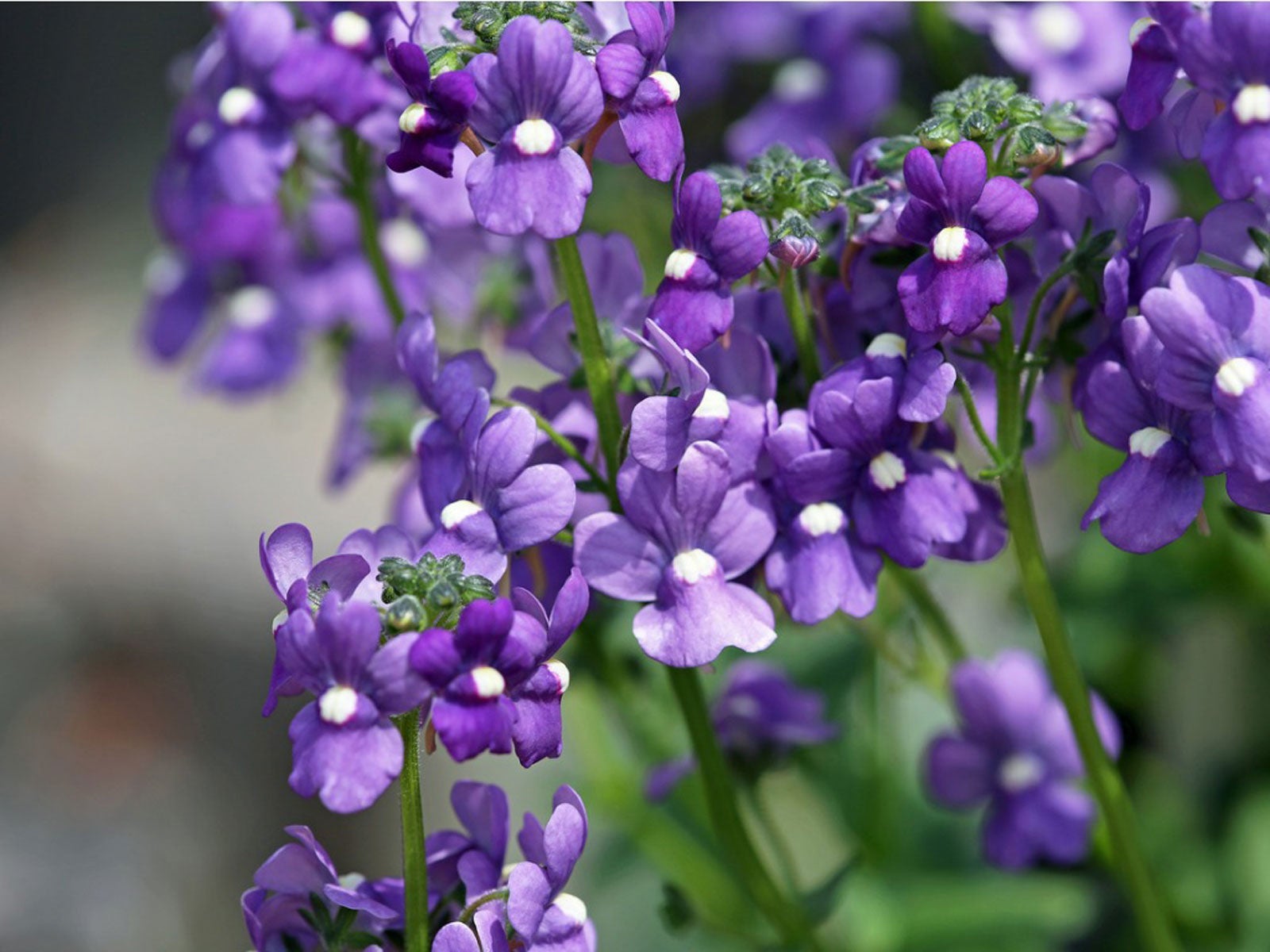Care Of Angelonia: How To Grow An Angelonia Plant


Angelonia (Angelonia angustifolia) gives the appearance of being a delicate, finicky plant, but growing Angelonia is actually quite easy. The plants are called summer snapdragons because they produce a profusion of flowers that resemble small snapdragons all summer, and in warm climates, the flowering continues into fall. Let's learn more about growing Angelonia in the garden.
About Angelonia Flowers
An Angelonia plant grows about 18 inches (45.5 cm.) tall, and some people think the fragrant foliage smells like apples. The flowers bloom on upright spikes at the tips of the main stems. Species flowers are bluish-purple and cultivars are available in white, blue, light pink, and bicolor.
Angelonia flowers don't need deadheading to produce a continuous display of blossoms. Use Angelonia as an annual bedding plant in borders or plant them in masses where they make a striking display. They also grow well in pots and window boxes. They make good cut flowers, and the foliage retains its fragrance indoors. In USDA plant hardiness zones 9 through 11, you can grow them as perennials.
Care of Angelonia
Choose a site in full sun or light shade and set out bedding plants in spring two or three weeks after the last expected frost. Space them 12 inches (30.5 cm.) apart in cool climates and 18 to 24 inches (45.5-61 cm.) apart in warm regions. When the young plants are 6 inches (15 cm.) tall, pinch out the tips of the main stems to encourage branching and bushiness.
Seeds for Angelonia plants aren't readily available, but if you can find them you can sow them directly outdoors in USDA zones 9 through 11. Start them indoors in cooler zones. Seeds usually take about 20 days to germinate, but they can take up to two months. Angelonia plants prefer moist, well-drained soil but they can withstand brief dry spells, especially if the soil is enriched with compost before planting. Keep the soil around young seedlings moist.
Allow the soil to dry out between waterings once the plants are well-established. Give the plants a light feeding with 10-5-10 fertilizer once a month, but don't overdo it. If you give them too much fertilizer, they will produce more foliage and fewer flowers.
Feed plants in containers with liquid fertilizer mixed according to the package instructions. If Angelonia plants begin to sprawl in midsummer, cut them back by about half their height. They will soon regrow and produce a fresh flush of flowers.
Gardening tips, videos, info and more delivered right to your inbox!
Sign up for the Gardening Know How newsletter today and receive a free copy of our e-book "How to Grow Delicious Tomatoes".

Jackie Carroll has written over 500 articles for Gardening Know How on a wide range of topics.
-
 Looking For Plants To Give You The Soft And Fuzzies? Try These 5 Fuzzy Leaf Plant Options
Looking For Plants To Give You The Soft And Fuzzies? Try These 5 Fuzzy Leaf Plant OptionsLovers of texture, drama, silver foliage and tactile plants will adore these special sensory garden additions. These fuzzy leaf plant options will leave you all aglow
By Susan Albert
-
 Get Ready For A Summer Of Hummers! Grow These Full Sun Hummingbird Plants and Flowers
Get Ready For A Summer Of Hummers! Grow These Full Sun Hummingbird Plants and FlowersIf you’re lucky enough to enjoy a sunny backyard, make sure you are maxing out on your pollinator opportunities and grow these full sun hummingbird plants and flowers
By Tonya Barnett